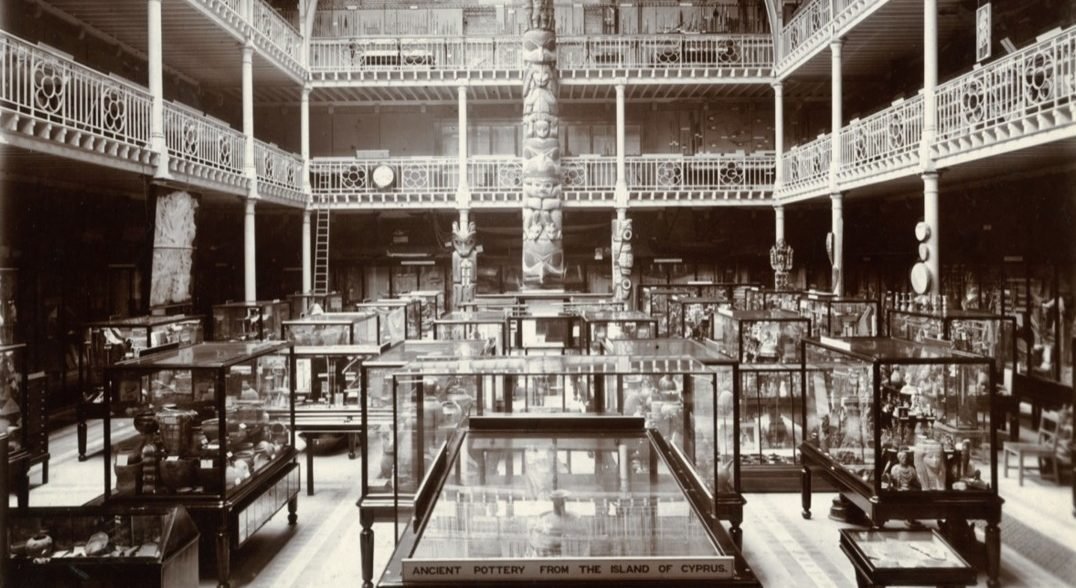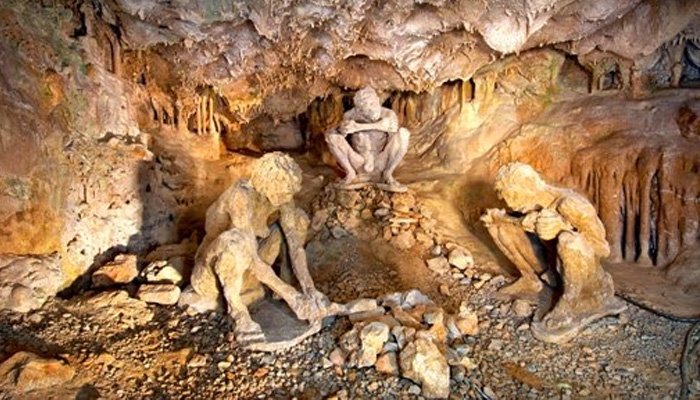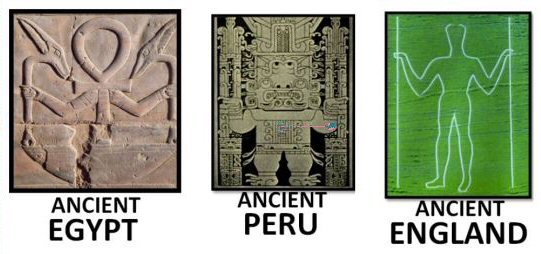Ethnographic Analogy and Ethnoarchaeology

Ethnographic analogy and ethno archaeology essentially differ in that the former seeks to interpret the archaeological record based on similarities observed in the ethnographically described cultures, whereas the latter makes observations on contemporary people themselves in order to provide a source for comparison.

A comparison of cultures objects, and also of associated finds, enables us to draw conclusions about handicrafts, hunting, gathering and fishing, the production of food (agriculture and animal husbandry, the acquisition of raw materials (eg: by quarrying rocks, mining and smelting ore), the preservation of raw materials (eg: preparation of skins), trade and barter (as indicated by the presence of raw materials or objects that could not have been exploited or manufactured in the vicinity of the site under normal circumstances).
We could go even further and draw conclusions about intellectual and spiritual characteristics such as the general technical capacity indicated by the finish of material objects; aesthetic ideas (decorative art, paintings); and religious ideas (ceremonial burial places, temples, paintings). All these conclusions, especially those on the non-material parts of a culture, depend on our knowledge of the functioning of culture as such, that is our knowledge that material culture is inherently associated with non-material culture and vice versa. In other words a house is not merely cultural object; it also has social and even religious significance.
Archaeology is therefore of value to ethnographic studies for the following reasons:
* Its documentation lends some depth to the study of ethic groups for which little or no documentation has been handed down to us.
* It supplements the documentation and ethnographic description of ethnic groups which are already historically known through the existence of written documentation.
* To a limited extent it provides us with a general anthropological or cross-cultural representation of cultures and civilizations for any period of human activity.

It is obvious that the ethnographic - cultural method of interpretation offers broad latitude for drawing incorrect conclusions or indulging in exaggerated speculation. This applies to the Palaeolithic (Stone Age) cultures in particular,where the archaeologist has stone implements and little else at his or her disposal ( the majority of cultural objects that were manufactured from organic material having decomposed). Some researches are of the opinion that the ethnographic-cultural deductions of prehistoric archaeology are unscientific. This is certainly true of the conclusions of researches who do not have a thorough knowledge of anthropology.On the other hand it would be unscientific approach to collect, say, stone implements, and then to be satisfied with classifying them as objects, the archaeologist must also try to determine the use to which they were put and their part in a comprehensive cultural pattern.
Certain general criteria, which were developed by the cultural-historical school in anthropology, still play an important part in every archaeological investigation, notwithstanding the fact that the general methodological basis of this school of thought is no longer accepted. They are briefly the following:
* Criterion of form (quality): If forms of a culture in one part of the world correspond to forms of a cultures in another part, this indicates that there is a historical connection between the two cultures.
* Criterion of quantity: The greater the number of forms that correspond in the two cultures the closer the relationship and connection between the cultures.
* Criterion of continuity: When a geographical or historical bridge between two corresponding cultures can be demonstrated, the historical connection is greater.

However, parallel development must also be allowed for. Similar needs may give rise to similar inventions. Identity of form does not necessarily indicate culture contact - a fact that must borne in mind particularly with regard to the cultures of prehistoric period when the development of human technical proficiency was in its early stages, for example, when one compares Palaeolithic hand axes from Africa with hand axes found in India, typological considerations would make it seem that they belong to the same industrial complex. Geographical distribution would seem to indicate distribution of culture. But because the distance separating the two is so great, it is safer to assume that the similarity is due to parallel development, even though it could be established that continuity existed in this geographical distribution.
Please Follow me for more on Archaeology and History.
Please check out my other posts:
The Nature and Scope of Archaeology
The Three - Age System : The Stone Age, The Bronze Age and The Iron Age
The Roots of Modern Archaeology
Significant 18th and 19th Centuries Discoveries in Archaeology
Archaeology as a Profession- Part 2
Archaeology as a Profession- Part 1
To Become or Not Become an Archaeologist? - Introduction to Archaeology Part 2
Please Upvote and Resteem.
Thank You!

